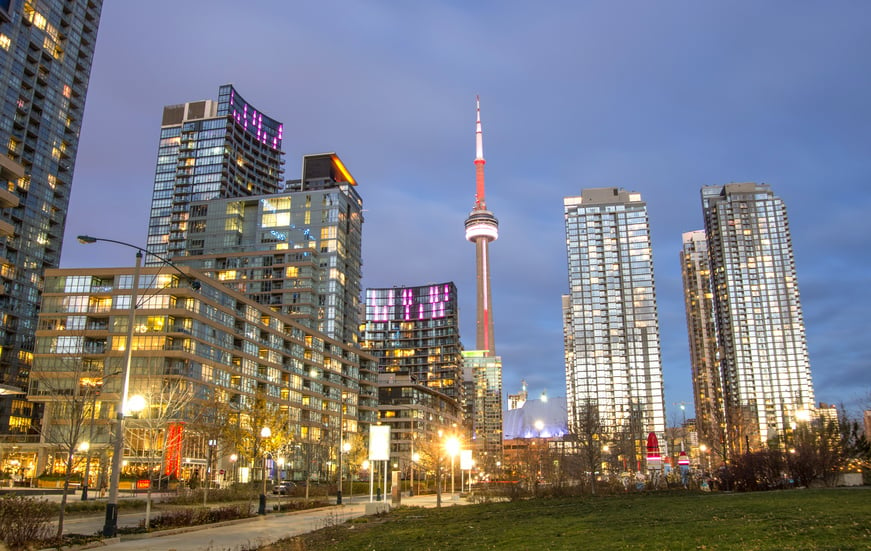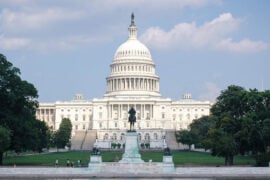Environment Canada has published its proposed risk management measures for embattled Triclosan, confirming that Pollution Prevention Plans, mandated under the Canadian Environmental Protection Act, will soon be required for its continued use in Canadian consumer products, including:
- non-prescription drugs,
- natural health, personal care and cleaning products such as antibacterial soaps, skin cleansers, toothpastes, make-up, deodorants, skin creams, fragrances; and
- general purpose cleaners, and detergents.
Triclosan Use Already Restricted
Efforts to regulate Triclosan in Canada are not new. The substance is listed as a restricted ingredient on Health Canada’s List of Prohibited and Restricted Ingredients in cosmetics (more commonly referred to as the “Cosmetic Ingredient Hotlist”), and its uses may well contravene the general prohibition against harmful ingredients under the Food and Drugs Act (FDA). At present, restrictive maximum concentrations for a narrow set of permitted uses remain in place.
Triclosan is also no longer registered in Canada as a pest control product after Canadian registrants voluntarily discontinued the sale of pest control products containing Triclosan for use as a material preservative in textiles (including leather), paper, food contact material such as cutting boards and countertops, plastic, and rubber materials.
Finally, Triclosan is classified as Class 9 dangerous goods under Canada’s Transportation of Dangerous Goods Act and its waste is subject to either the Export and Import of Hazardous Waste and Hazardous Recyclable Material Regulations or the Interprovincial Movement of Hazardous Waste Regulations.
Importers and Formulators Will Require Pollution Prevention Plans
What is new is that Environment Canada’s proposed risk management for Triclosan includes the creation and implementation of pollution prevention plans, a transitional approach to harmful substances for which industry requires additional time in order to fully phase out of usage.
The pollution prevention plans typically require some combination of:
- Materials or Feedstock Substitutions
- Product Design or Reformulation
- Equipment or Process Modifications
- Spill and Leak Prevention
- On-site Reuse, Recycling or Recovery
- Altered Inventory management or Purchasing Techniques
- Updated Operating Practices/Training
Pollution prevention plans have recently been mandated for other challenging hazardous substances such as halocarbons and certain toxic substances in the mining sector. (Smaller scale plans have also been required for certain substances regulated under the Prohibition of Certain Toxic Substances Regulations, 2012.)
Plan Early / Maintain Flexibility
For formulators and importers of Triclosan (or any other pollution prevention plan substances), a successful strategy involves early investigation of all options and a due diligence documented final plan creation which both allows for flexibility and meets Environment Canada’s compliance requirements.
For further information, please contact Jonathan Cocker:



